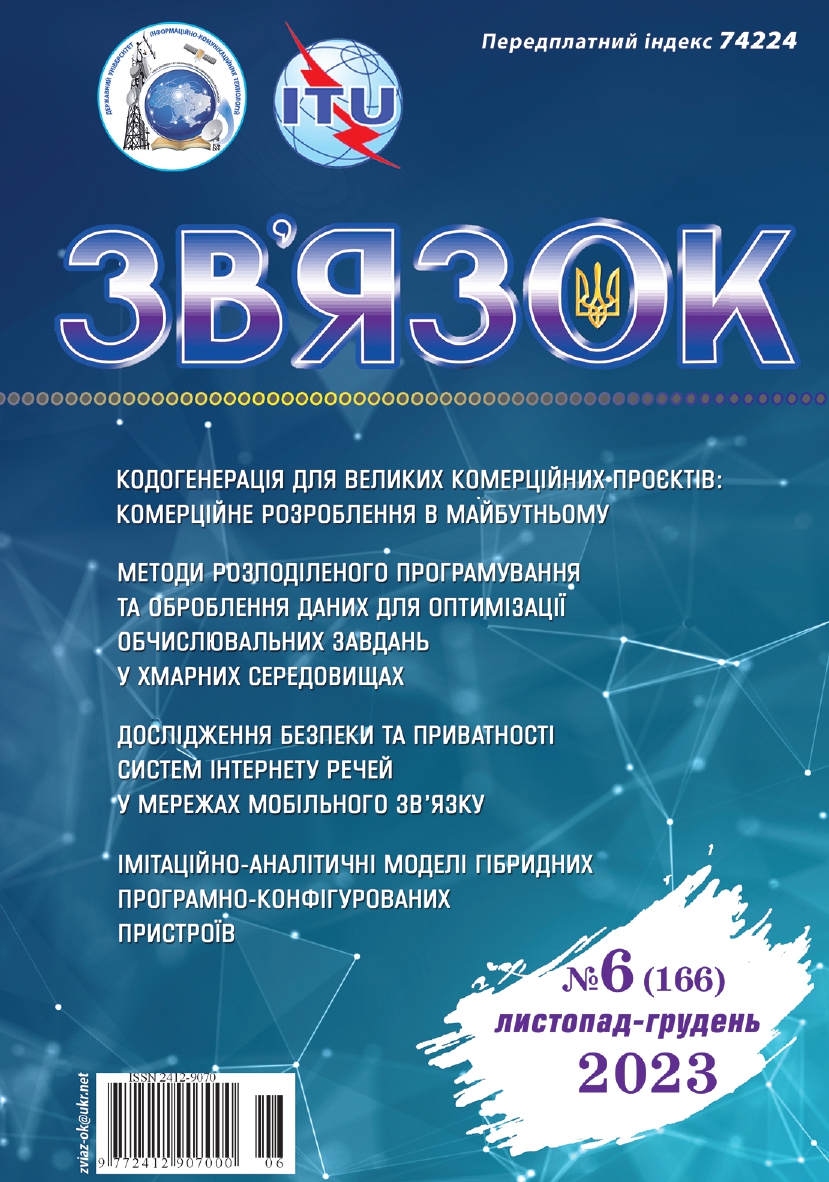Розпізнавання емоцій людини в реальному часі
DOI: 10.31673/2412-9070.2023.065457
Анотація
Висвітлено значущість та актуальність застосування нейронних мереж для розпізнавання емоцій людини в реальному часі. Досліджено можливості використання згорткових нейронних мереж для ефективного аналізу та класифікації емоцій на обличчях. Описано процес розроблення програми з використанням JavaScript та TensorFlow, а також розглянуто потенційні можливості оптимізації цієї програми для вдосконалення швидкості та точності розпізнавання емоцій. Запропоновано високоефективне вирішення для розпізнавання емоцій, яке може бути застосовано в різних сферах: від медицини та соціальних досліджень до маркетингу та розваг. Особливу увагу приділено розвитку технологій, спрямованих на покращення взаємодії між людьми та комп'ютерами, та відображає важливість використання інноваційних методів для поліпшення якості життя людей.
Ключові слова: нейронна мережа; згортка; JavaScript; TensorFlow.
Список використаної літератури
1. Основи згорткових нейронних мереж для аналізу зображень [Електронний ресурс]. URL: https://towardsdatascience.com/basics-of-imageclassification-with-convolutional-neural-networkscnn-cbeba760a6ae
2. Як працюють алгоритми глибинного навчання? [Електронний ресурс]. URL: https://www.digitalocean.com/community/tutorials/how-do-deep-learning-algorithms-work
3. Глибокі нейронні мережі для вирішення завдань розпізнавання і класифікації зображення? [Електронний ресурс]. URL: https://itcm.comp-sc.if.ua/2017/Sineglazov.pdf
4. Abrahamsen T. Hands-On Computer Vision with TensorFlow 2 [Електронний ресурс]. URL: https://www.packtpub.com/product/hands-oncomputer-vision-with-tensorflow-2/9781838827069
5. D’Mello S. K., Kory J., Smtih B. A Review of Facial Expression Recognition in Learning Environments [Електронний ресурс]. URL: h t t p s : / / d l . a c m . o r g / d o i / a b s / 1 0 . 1 1 4 5 /2556288.2557114
6. Krizhevsky A., Sutskever I., Hinton G. E. ImageNet Classification with Deep Convolutional Neural Networks [Електронний ресурс]. URL: https://papers.nips.cc/paper/4824-imagenetclassification-with-deep-convolutional-neuralnetworks.pdf

